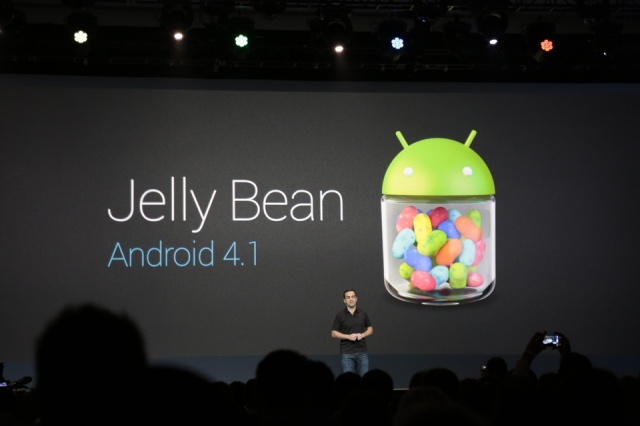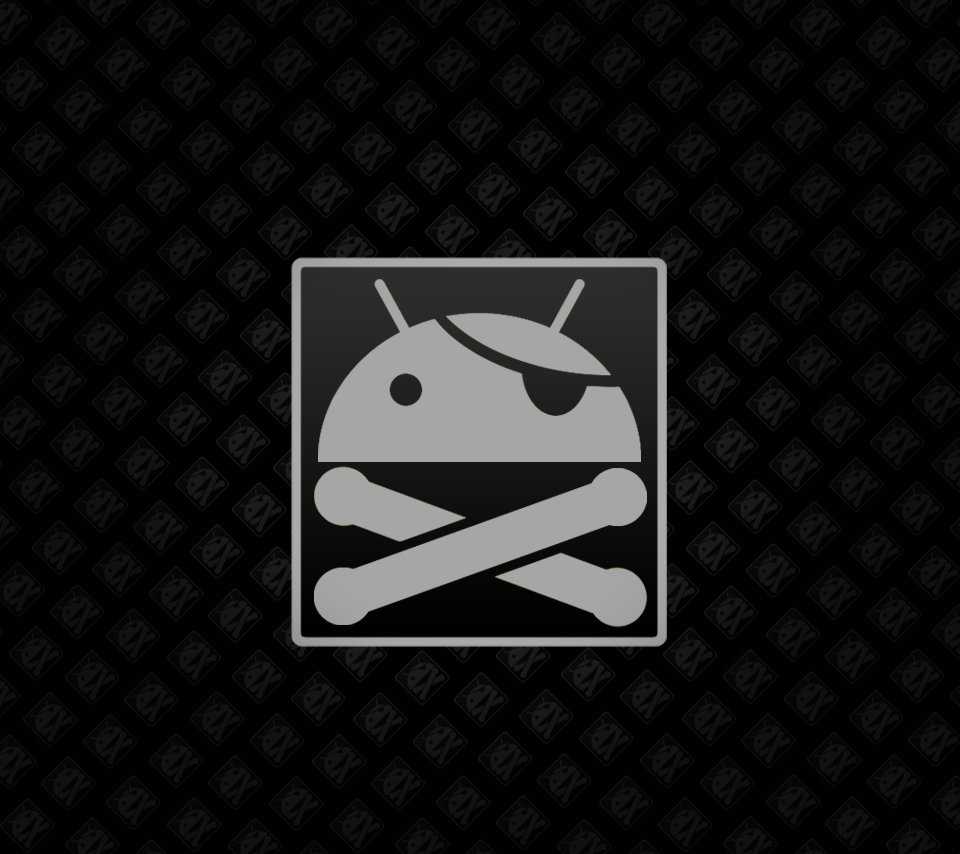Instead of jumping ahead a full version number from 4.0 to 5.0 with Android this year, Google has wisely decided to slow down the new feature freight train just a little, instead expanding upon the solid foundation introduced with Android 4.0: Ice Cream Sandwich last year.
We saw the first version of Jelly Bean (Android 4.1) in the middle of this year, and we've now updated our review to cover the latest incarnation of the sugary treat - Android 4.2 - so feast your eyes on what the latest version of Google's OS has to offer.
 Although this decision may have more to do with slow adoption of ICS, the iterative release allows Google to catch its breath while hopefully allowing carriers, developers and users alike the chance to play catch-up.
Although this decision may have more to do with slow adoption of ICS, the iterative release allows Google to catch its breath while hopefully allowing carriers, developers and users alike the chance to play catch-up.
Android 4.2, Jelly Bean improves on the speed and simplicity of Android 4.1 and includes all new features – Photo Sphere and a completely redesigned camera app, new Gesture Typing keyboard, Google Now with all new cards, and much more.
- Everything in Jelly Bean feels fast, fluid, and smooth. Moving between home screens and switching between apps is effortless, like turning the pages of a book.
- Jelly Bean improves performance throughout the system, including faster orientation changes, quicker switching between recent apps, and smoother and more consistent rendering across the system through vsync and triple buffering.
- Jelly Bean has more reactive and uniform touch responses, and makes your Android device even more responsive by boosting your device’s CPU instantly when you touch the screen, and turns it down when you don’t need it to improve battery life.



 Unknown
Unknown















